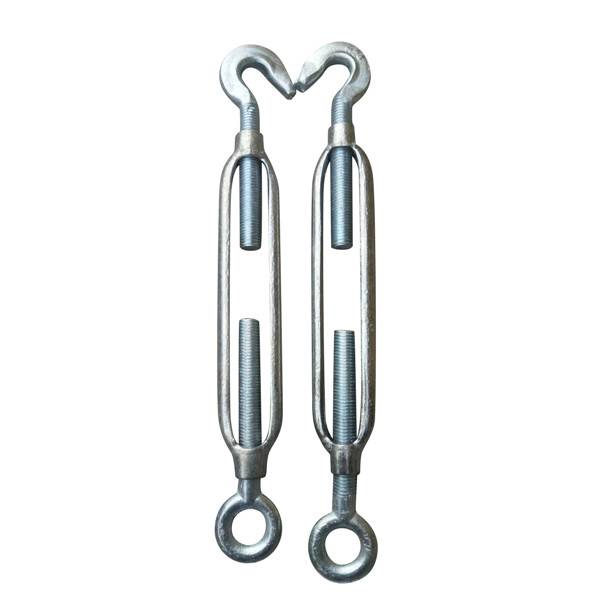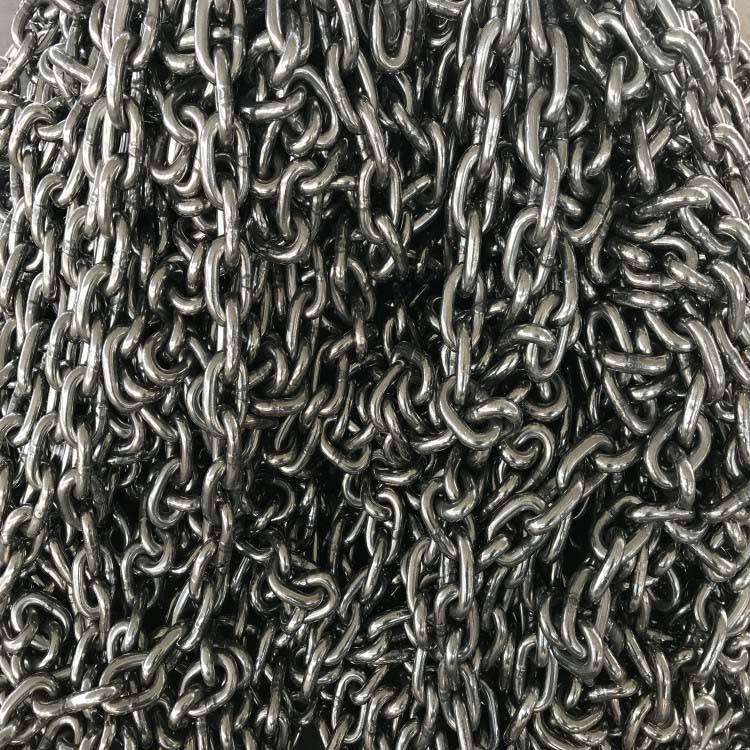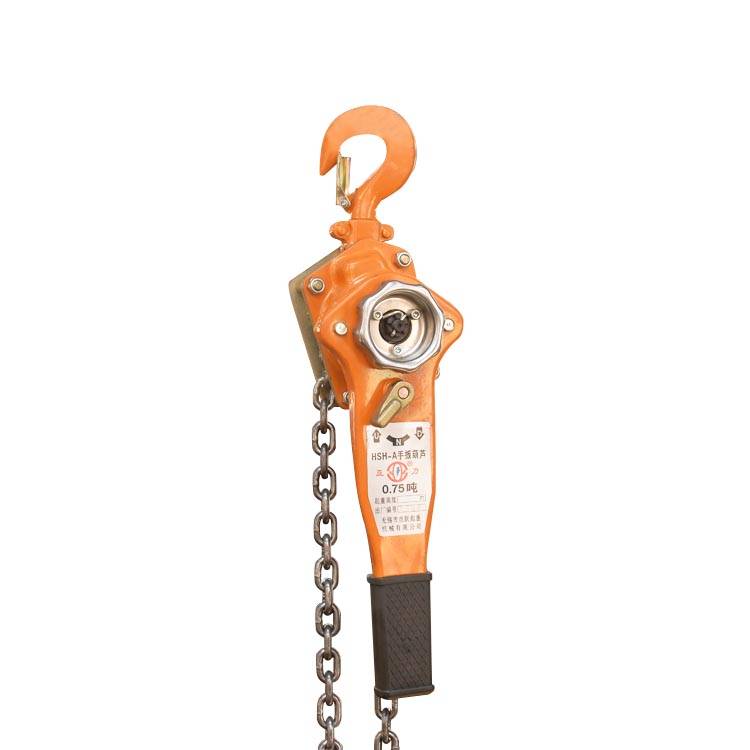1) Low cost and easy maintenance.
2) There are limited requirements for coil stacking spacing or hoisting sequence.
3) Relatively low operating efficiency.
|
Working load limit |
Coil width |
The diameter of inner coil r |
Inner width |
Inner height |
Itself weight |
|
3T |
300-500 |
≥400 |
500 |
450 |
350 |
|
5T |
750-900 |
≥400 |
900 |
500 |
450 |
|
900-1100 |
≥506 |
1100 |
600 |
650 |
|
|
1100-1300 |
≥506 |
1300 |
600 |
800 |
|
|
10T |
750-900 |
≥506 |
900 |
650 |
600 |
|
900-1120 |
≥506 |
1120 |
850 |
900 |
|
|
1100-1300 |
≥506 |
1300 |
750 |
1000 |
|
|
1300-1500 |
≥506 |
1500 |
850 |
1200 |
|
|
15T |
900-1100 |
≥506 |
1100 |
850 |
1200 |
|
1100-1500 |
≥506 |
1500 |
850 |
1600 |
|
|
25T |
900-1100 |
≥506 |
1100 |
860 |
1800 |
|
1100-1500 |
≥506 |
1500 |
860 |
2500 |
|
|
30T |
1400-1660 |
≥506 |
1660 |
850 |
3400 |
Attention
(1) During the use of the spreader, if the screw lock does not rotate flexibly or in place, the adjusting nut shall be checked, and the following parts shall be checked again:
Whether the stretch spring of the pawl is damaged, if damaged, should be replaced.
(2) Whether the transmission mechanism is stuck, such as stuck, is bad lubrication, should be in the transmission mechanism of the active joint filling lubricating oil (or grease).If the guide pin is too tight, loosen the nut appropriately. If the connection is loose, the transmission tube or other rods are deformed, it should be corrected.
(3) Whether the stretch of the buffer spring is too small, if too small, it should shorten the length of the wire rope that the buffer spring connects
(4) The paint of the indicator on the spreader indicator board shall be prevented from falling off during use.Upon discovery, the original paint shall be replaced in time.
(5) For the wire rope on the spreader, it should be timely cleaned and coated with lubricating oil or grease, especially the bending part of the wire rope.
(6) The main bearing members, lifting rings, screw locks, lug plates and shackles of rigging shall be checked at least once every three months under normal service conditions, and no cracks and serious deformation shall be allowed.
(7) All oil cups, including the oil cup of ratchet mechanism, the oil cup on the sliding bearing seat and the oil cup of the screw lock box, should be filled with lubricating oil at the main movable joints according to the use situation.
(8) Frequently check whether the rope card is loose and whether the buffer spring is overstretched, and deal with the problems in time.
(9) Each spreader shall not exceed the rated lifting weight, and the buffer spring shall not be overstretched.
(10) During the lifting process, the lifting shall be lifted smoothly to avoid deformation due to the collision between the lifting tool and the crane or other equipment.
What is a C type coil hook and what is it used for?
A C type coil hook is an industrial lifting tool that is used to handle and transport heavy coils of material, such as steel or aluminum coils. The hook is shaped like the letter C, with a curved top and two straight arms that extend downward.
The hook is designed to securely grasp the coil by looping around its center and providing a secure grip. The arms of the hook typically have a tapered design that allows them to fit easily into the eye of a lifting device, such as a crane or hoist.
C type coil hooks are commonly used in the manufacturing, construction, and shipping industries, where large coils of material need to be transported from one location to another. They are an essential tool for safely and efficiently handling heavy loads, and can be used with a variety of lifting devices to suit different applications.
What are the different types of C type coil hooks available?
There are several different types of C type coil hooks available, each designed for specific applications and industries. Here are some of the most common types:
-
Fixed C type coil hook: This is the most basic type of C type coil hook, with a fixed shape and size. It is ideal for lifting coils that are uniform in size and shape.
-
Adjustable C type coil hook: This type of hook has an adjustable design, with movable arms that can be positioned to fit different sizes of coils. It is ideal for lifting coils that vary in size and shape.
-
Rotating C type coil hook: This hook has a rotating design that allows the coil to be rotated during lifting, which can help to improve safety and efficiency.
-
Narrow profile C type coil hook: This hook has a narrower profile than a standard C type coil hook, which can help to reduce damage to the coil and improve lifting efficiency.
-
Reverse C type coil hook: This hook has a reversed design, with the curved part of the hook facing downwards. It is ideal for lifting coils that are difficult to access from above.
The choice of C type coil hook will depend on the specific application and the size and weight of the coils being handled. It is important to choose the right hook for the job to ensure safe and efficient lifting.
How do you choose the right C type coil hook for a particular application?
Choosing the right C type coil hook for a particular application involves considering several factors. Here are some of the key factors to consider:
-
Weight and size of the coil: The C type coil hook must be able to safely lift and transport the coil. It is important to choose a hook that has the appropriate weight capacity and size for the specific coil being handled.
-
Type of material: The type of material being lifted will also affect the choice of hook. For example, a hook made of high-strength steel may be necessary for lifting heavy steel coils, while a hook made of aluminum may be more suitable for lifting lighter aluminum coils.
-
Operating environment: It is important to consider the operating environment when selecting a C type coil hook. For example, if the hook will be used in a corrosive environment, it may be necessary to choose a hook made of corrosion-resistant material.
-
Safety features: The C type coil hook should have appropriate safety features, such as locking mechanisms or backup retaining devices, to prevent the coil from slipping or falling.
-
Use with lifting equipment: The C type coil hook should be compatible with the lifting equipment being used, such as cranes or hoists.
Overall, the right C type coil hook for a particular application will depend on a combination of these factors, as well as any specific requirements of the job. It is important to consult with an experienced supplier or manufacturer when selecting a C type coil hook to ensure that the right hook is chosen for the job.
What safety precautions should be taken when using C type coil hooks?
When using C type coil hooks, it is important to take appropriate safety precautions to prevent accidents and injuries. Here are some of the key safety precautions that should be taken:
-
Inspect the hook before use: Before using the C type coil hook, inspect it for any damage or wear and tear that could compromise its safety or performance.
-
Use appropriate personal protective equipment: Wear appropriate personal protective equipment, such as safety glasses, gloves, and steel-toed boots, to protect yourself from potential hazards.
-
Follow proper lifting procedures: When lifting a coil with a C type coil hook, follow proper lifting procedures, such as ensuring that the hook is properly positioned and that the load is balanced.
-
Use appropriate lifting equipment: Use appropriate lifting equipment, such as cranes or hoists, to lift and transport the coil. Do not attempt to lift the coil manually.
-
Do not exceed the weight capacity: Do not exceed the weight capacity of the hook. Make sure that the hook is rated for the weight of the coil being lifted.
-
Use appropriate backup retaining devices: Use appropriate backup retaining devices, such as chains or straps, to prevent the coil from slipping or falling out of the hook.
-
Keep a safe distance: Keep a safe distance from the coil when it is being lifted or transported to avoid being struck by the load.
By following these safety precautions, you can help ensure that C type coil hooks are used safely and effectively in the workplace.
How do you properly maintain and care for C type coil hooks to ensure their longevity?
Proper maintenance and care of C type coil hooks is important to ensure their longevity and optimal performance. Here are some tips for properly maintaining and caring for C type coil hooks:
-
Clean after use: After using the hook, clean it thoroughly to remove any dirt, debris, or excess grease. This will help prevent corrosion and rust.
-
Inspect regularly: Regularly inspect the hook for any signs of wear and tear, such as cracks, splits, or bent parts. Replace any damaged parts immediately.
-
Lubricate moving parts: Apply lubricant to the moving parts of the hook, such as the hinge and arms, to ensure smooth operation and prevent rust.
-
Store properly: Store the hook in a dry, cool place to prevent rust and corrosion. Avoid storing it in damp or humid environments.
-
Use protective covers: Use protective covers to protect the hook from the elements and prevent damage during transportation or storage.
-
Follow manufacturer’s instructions: Follow the manufacturer’s instructions for maintenance and care of the C type coil hook. This will help ensure that the hook is properly cared for and maintained.
By following these tips, you can help extend the lifespan of C type coil hooks and ensure that they perform optimally for many years to come.













